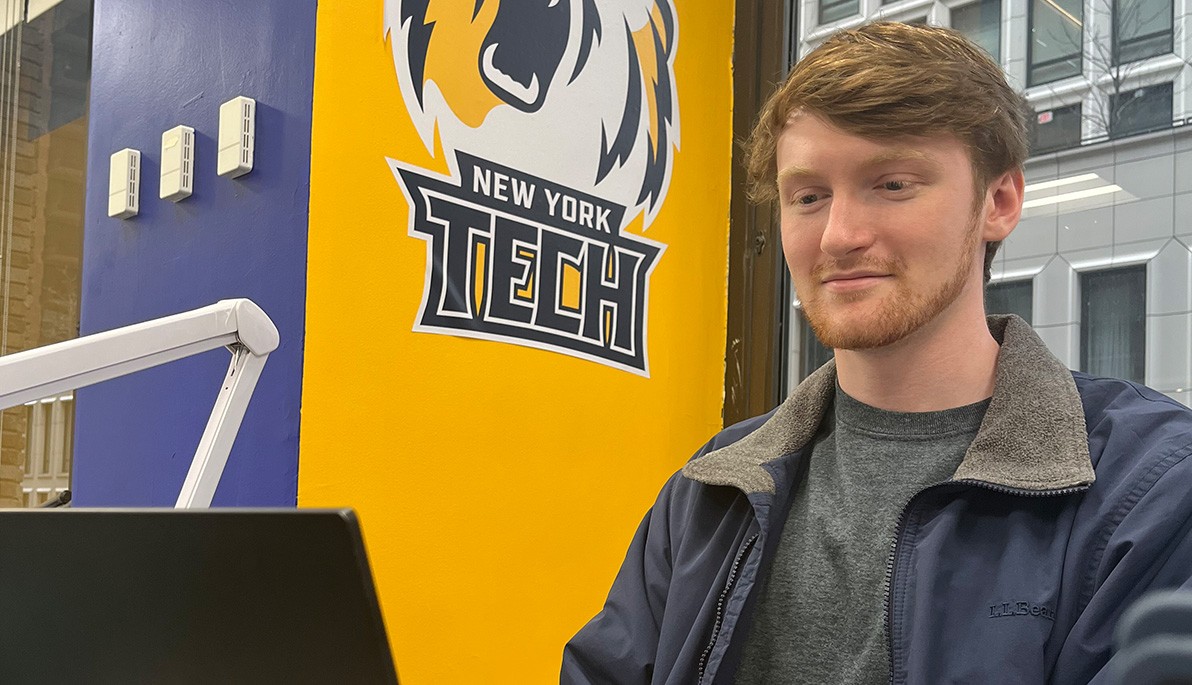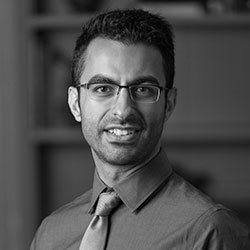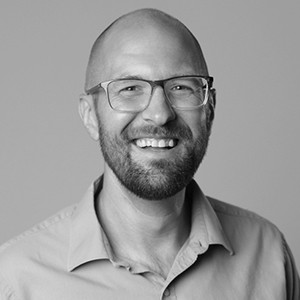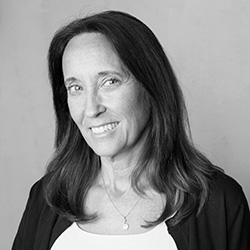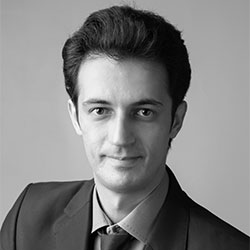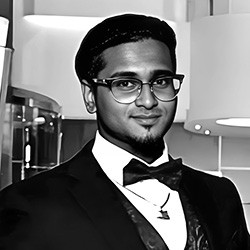Laser Focused
Austin Stietzel has been laser focused on his career choice since he was in his early teens. “I was in eighth grade when I knew I wanted to be an engineer,” he says. “When I was a junior in high school, I studied both making and analyzing circuits and programming in a Principles of Engineering course. Since these were my favorite two units, I started researching majors that would allow me to pursue both. With the help of my teacher at the time, I was able to realize that electrical and computer engineering was the best choice for me.”
Once he identified the specific subject he wanted to study, the choice of where to attend school quickly became clear. “Not only is New York Tech in my favorite city, but it also has the exact program that I want to pursue,” he says. “I enjoy the balance of the programming and electronics we get to work on.”
Stietzel’s commitment and fascination with electrical and computer engineering have already begun to open doors for him. When Michael Nizich, Ph.D., the director of the Entrepreneurship and Technology Innovation Center (ETIC), asked the math department to recommend a student who could help with a project building prototypes for NASA, Chair of Mathematics Ranja Roy, Ph.D., recommended Stietzel. As an electrical and computer engineering major with a minor in mathematics, he was the perfect fit for the role. “My work mainly involves working on one trajectory prototype, which, using four piezoelectric sensors, can localize where an impact is on a sheet of material,” he says. “It’s technology that can help scientists see where something like a satellite is hit in space. It’s a fun and rewarding experience working as a team to come up with solutions to each new problem that arises.”
He and NASA teammate Hibah Agha are also working on building a prototype to balance two unstable neural networks with a third neural network using Formulation for Emotion Embedding in Logic Systems. A neural network is a type of artificial intelligence that teaches computers to process information the way humans do. By stabilizing the networks, a system can spot unusual behavior and correct itself, ultimately learning how to respond when similar situations arise.
“I hope to broaden my knowledge of machine learning through this project,” he says. “It’s probably the most in-depth system I’ve ever worked to implement, so each advancement in the project opens up more opportunities for learning.”
It is not the first time New York Tech has helped Stietzel get hands-on experience in his chosen field. In the Undergraduate Research and Entrepreneurship Program (UREP), he worked with N. Sertec Artan, Ph.D., faculty advisor and associate professor of electrical and computer engineering, on developing low-energy power harvesting. “Both that project and this job have given me a good foundation for working through real, practical problems with a team of engineers from multiple disciplines to achieve a common goal.” Stietzel says he can see pursuing a career with an organization like NASA, but the next stop will be to get his master’s degree.
These opportunities for experiential learning are some of the most valuable lessons he has learned at New York Tech. “I’d tell new students to get involved on campus with clubs, organizations, or in programs such as UREP,” he says. “It’s so important to take the time to learn about all the resources available to you. It might not seem like the most fun thing to do right when you get to school, but it’ll definitely benefit you in the long run.”

